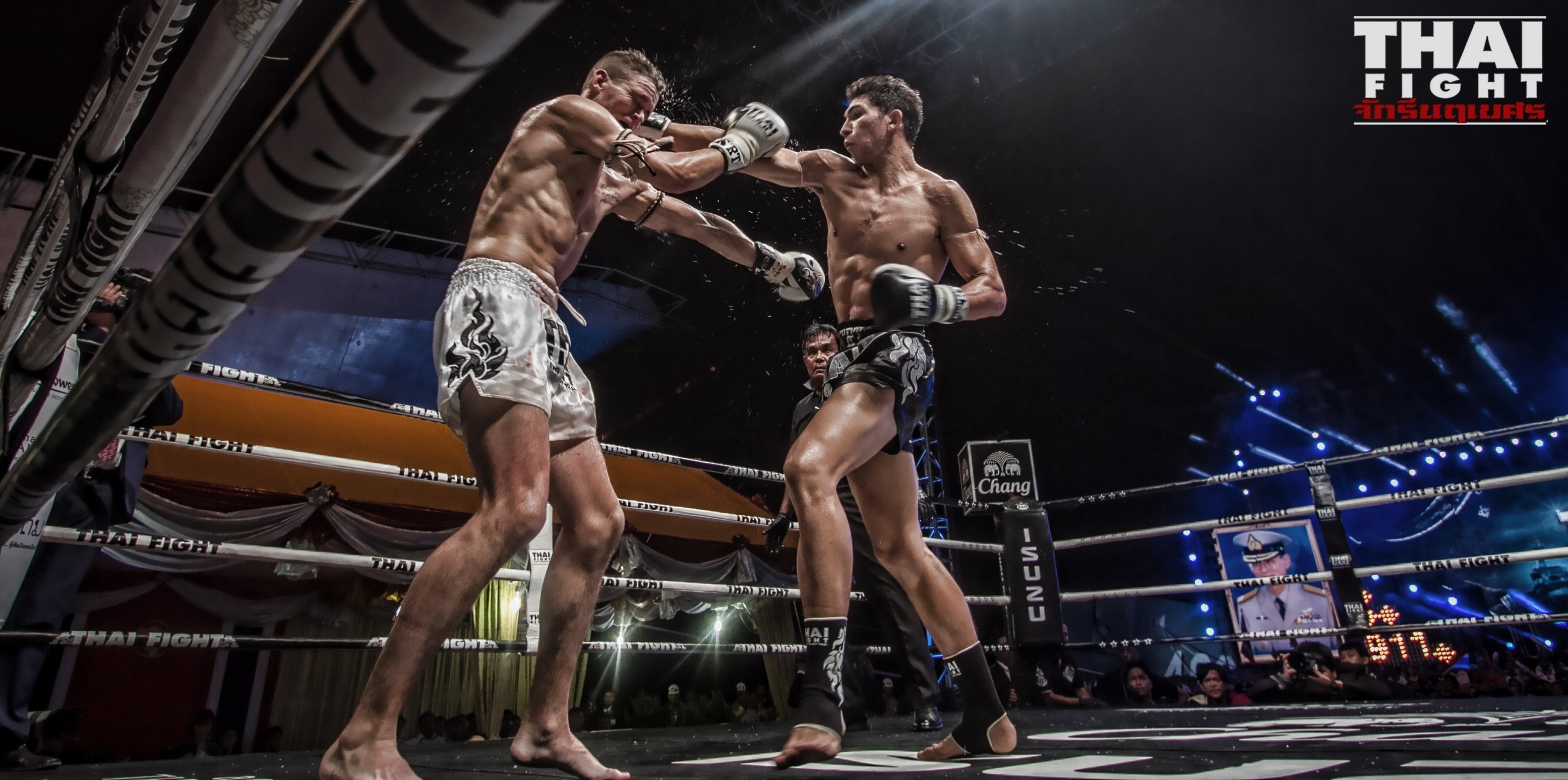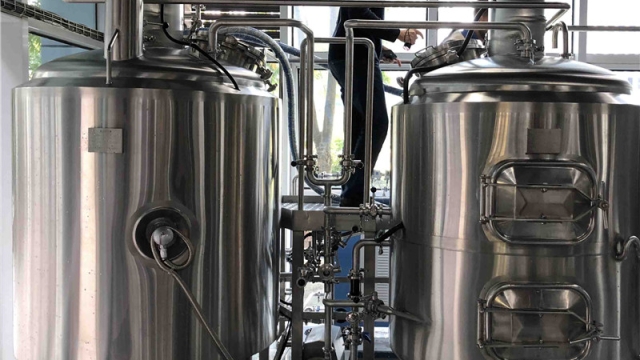The Ultimate Showdown: Unveiling the Power Moves of Boxing, Muay Thai, Kickboxing, and Jiu Jitsu
In the world of combat sports, the power moves of boxing, Muay Thai, kickboxing, and Jiu Jitsu have captivated audiences and athletes alike. Each discipline brings its unique blend of technique, strategy, and physical prowess to the ring or the mat. Whether it’s the precision and footwork of boxing, the devastating strikes of Muay Thai, the explosive kicks of kickboxing, or the grappling and submission techniques of Jiu Jitsu, these martial arts have their own distinct styles and strengths.
Boxing, known as the "sweet science," showcases the art of punching with finesse and speed. Boxers are masters of footwork, slipping and dodging their opponents’ attacks while delivering powerful blows. With its emphasis on precise technique and disciplined training, boxing has produced some of the greatest fighters of all time.
Muay Thai, often referred to as the "art of eight limbs," incorporates punches, kicks, knees, and elbows to devastating effect. Practitioners of Muay Thai are renowned for their brutal strikes, utilizing every part of their body as a weapon. This martial art demands both strength and endurance, making it a fierce combat sport that tests the limits of its fighters.
Kickboxing, a high-energy hybrid sport, combines elements of boxing with kicking techniques from various martial arts. It offers a dynamic mix of punches, kicks, and knee strikes, creating a fast-paced and exhilarating style of fighting. Kickboxers must possess a well-rounded skill set and adaptability to thrive in the ring.
Jiu Jitsu, a grappling-focused martial art, relies on leverage and technique rather than raw strength and striking power. Practitioners aim to submit their opponents through joint locks or chokes, using their knowledge of body mechanics and positional control. Jiu Jitsu emphasizes strategy, patience, and the ability to quickly adapt to different situations on the ground.
As we delve deeper into the world of boxing, Muay Thai, kickboxing, and Jiu Jitsu, we will explore the unique characteristics and power moves that set each discipline apart. Join us as we uncover the secrets of these combat sports and witness the ultimate showdown of skill, strength, and technique.
1. The Art of Boxing
Boxing is a combat sport that focuses on punches and footwork. It is known for its incredible hand-to-hand combat techniques and strategic thinking inside the ring. With a history dating back centuries, boxing has evolved into a highly precise and disciplined discipline.
Boxers use their fists to strike their opponents, employing a variety of punches such as jabs, hooks, uppercuts, and crosses. These moves require speed, accuracy, and power, making boxing a demanding and physically intense sport. Footwork is also key, enabling boxers to swiftly move around the ring, dodge attacks, and find openings to strike.
In boxing, defense plays a crucial role. Boxers must have a solid guard, using their arms to protect their face and body from incoming punches. Head movements, slips, and shoulder rolls are also vital defensive techniques that boxers employ to avoid getting hit. The ability to both attack and defend effectively is what sets skilled boxers apart in the ring.
Boxing matches are a spectacle to behold, showcasing the art of the sweet science. The combination of athleticism, strategy, and sheer determination make boxing a thrilling and captivating sport to watch. As we delve into the world of combat sports, let us now turn our attention to the equally captivating art of Muay Thai.
2. The Devastating Strikes of Muay Thai
Muay Thai, also known as the "Art of Eight Limbs," is a combat sport from Thailand that is renowned for its devastating strikes. In Muay Thai, fighters utilize a combination of punches, kicks, knees, and elbows, making it one of the most formidable striking martial arts in the world.
The first element of Muay Thai strikes is its powerful punches. Boxers are known for their expertise in punches, but Muay Thai takes it to another level by adding the force of elbows, knees, and kicks into the mix. This unique combination enables Muay Thai practitioners to generate tremendous power and deliver devastating blows to their opponents.
Additionally, Muay Thai practitioners have honed their kicking techniques to perfection. The kicks in Muay Thai involve using the shins, which are conditioned through rigorous training methods. This enables fighters to deliver bone-crushing kicks that can incapacitate an opponent with just one well-placed strike. The versatility of Muay Thai kicks allows fighters to attack from various angles, making it a highly effective and unpredictable striking art.
Moreover, the utilization of knees and elbows in Muay Thai takes the striking game to another level. Knees can be employed to devastating effect from close quarters, inflicting massive damage to vital areas of the body. Elbows, on the other hand, are often used in close-range combat, enabling fighters to deliver precise and forceful strikes that can cause severe cuts and concussions. The incorporation of knees and elbows in Muay Thai’s arsenal of strikes adds an element of ferocity that sets it apart from other martial arts.
In conclusion, Muay Thai’s devastating strikes, which incorporate punches, kicks, knees, and elbows, make it a fearsome combat art. The array of strikes available to practitioners, along with their power and precision, have cemented Muay Thai’s reputation as a formidable striking martial art. Whether it’s the bone-shattering kicks or the brutal elbow strikes, Muay Thai offers a diverse array of techniques that can devastate opponents in the blink of an eye.
3. The Grappling Techniques of Jiu Jitsu
Jiu Jitsu, also known as Brazilian Jiu Jitsu (BJJ), is a martial art that focuses primarily on grappling and ground fighting techniques. With its origins rooted in Japan, Jiu Jitsu has since evolved into a highly technical combat system that has gained widespread popularity in mixed martial arts (MMA) competitions.
1:
One of the key aspects that sets Jiu Jitsu apart from other martial arts is its emphasis on leverage and technique rather than brute strength. Jiu Jitsu practitioners utilize various holds, joint locks, and chokes to immobilize and submit their opponents. By using their opponent’s own force against them, Jiu Jitsu fighters can overcome larger and stronger adversaries.
2:
Mma Classes
In Jiu Jitsu, positioning and control are crucial. Practitioners aim to secure dominant positions such as mount, side control, or back control, which provide better leverage and options for submissions. These positions enable Jiu Jitsu fighters to manipulate their opponent’s limbs or apply pressure to specific joints, forcing them to give up or risk injury.
3:
Another notable feature of Jiu Jitsu is its focus on ground fighting. Jiu Jitsu practitioners are adept at fighting from their backs, utilizing guard positions to defend themselves while seeking opportunities to sweep or submit their opponents. By mastering the intricacies of ground fighting, Jiu Jitsu fighters are able to neutralize the advantages of striking-based martial arts and maximize their own grappling skills.
Whether in self-defense situations or competitive bouts, Jiu Jitsu’s grappling techniques provide practitioners with a formidable set of skills. With its emphasis on leverage, technique, and ground fighting, Jiu Jitsu continues to be a dominant force in the world of martial arts.





